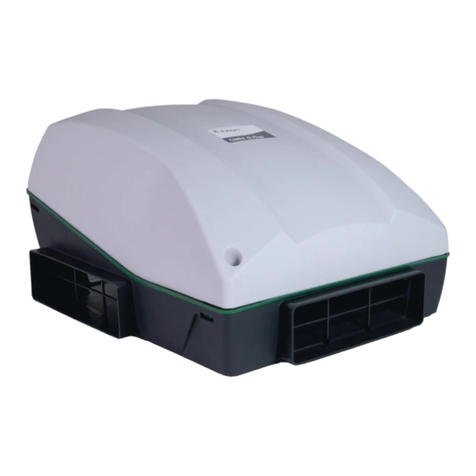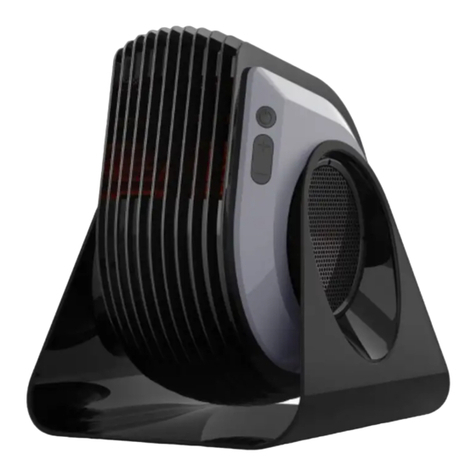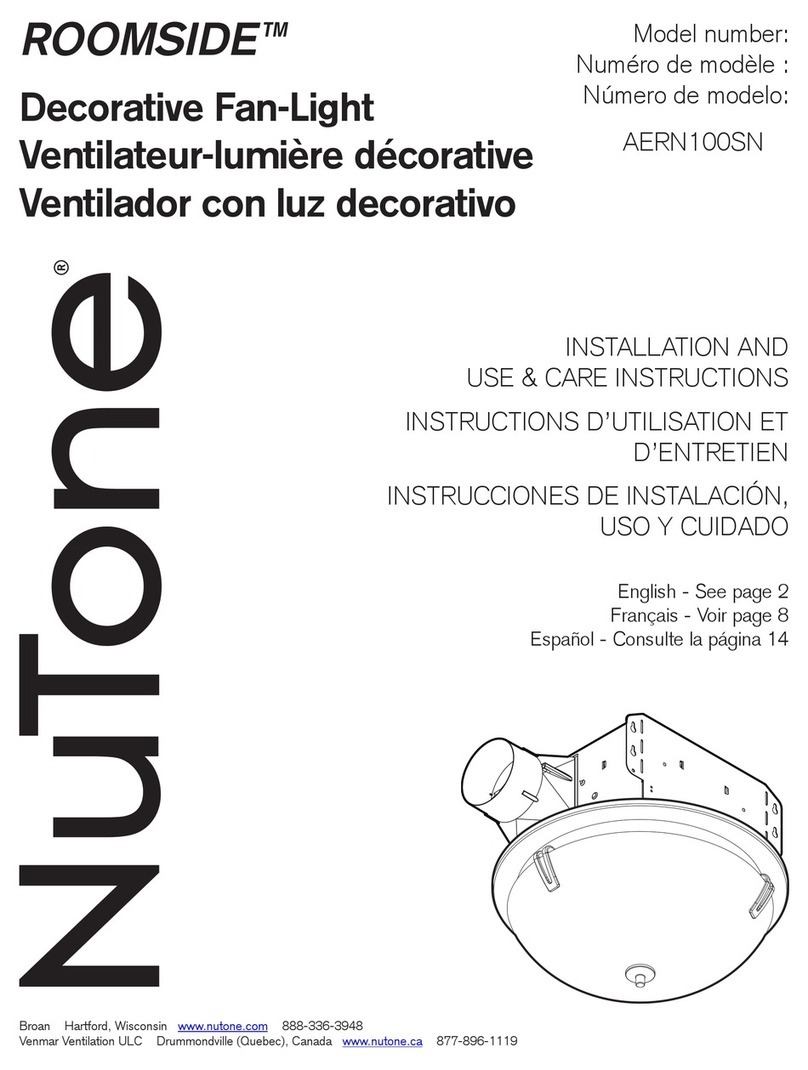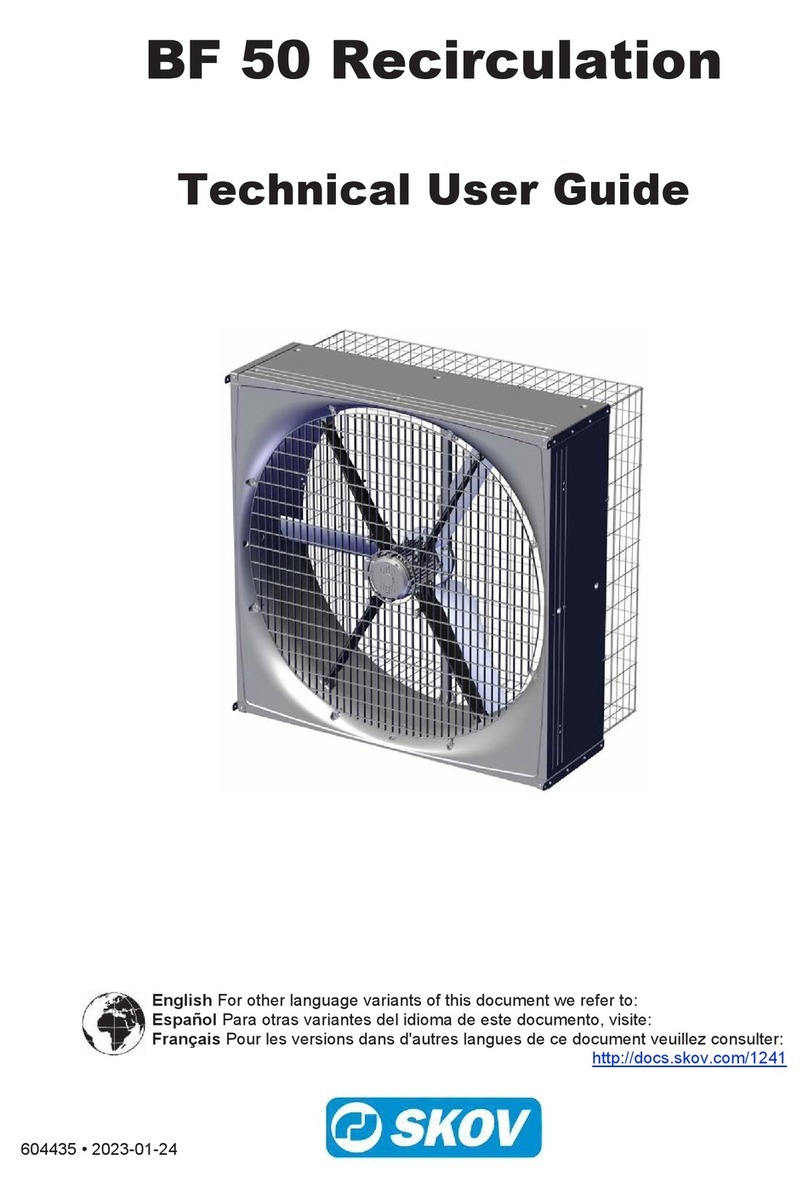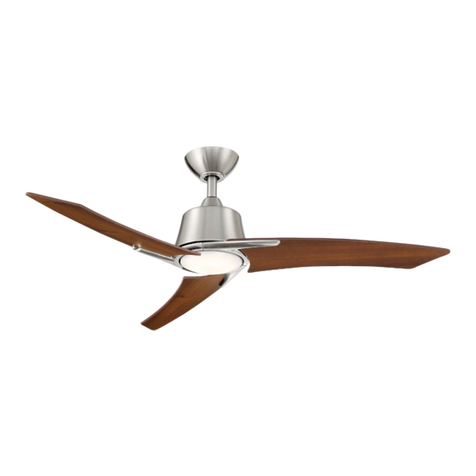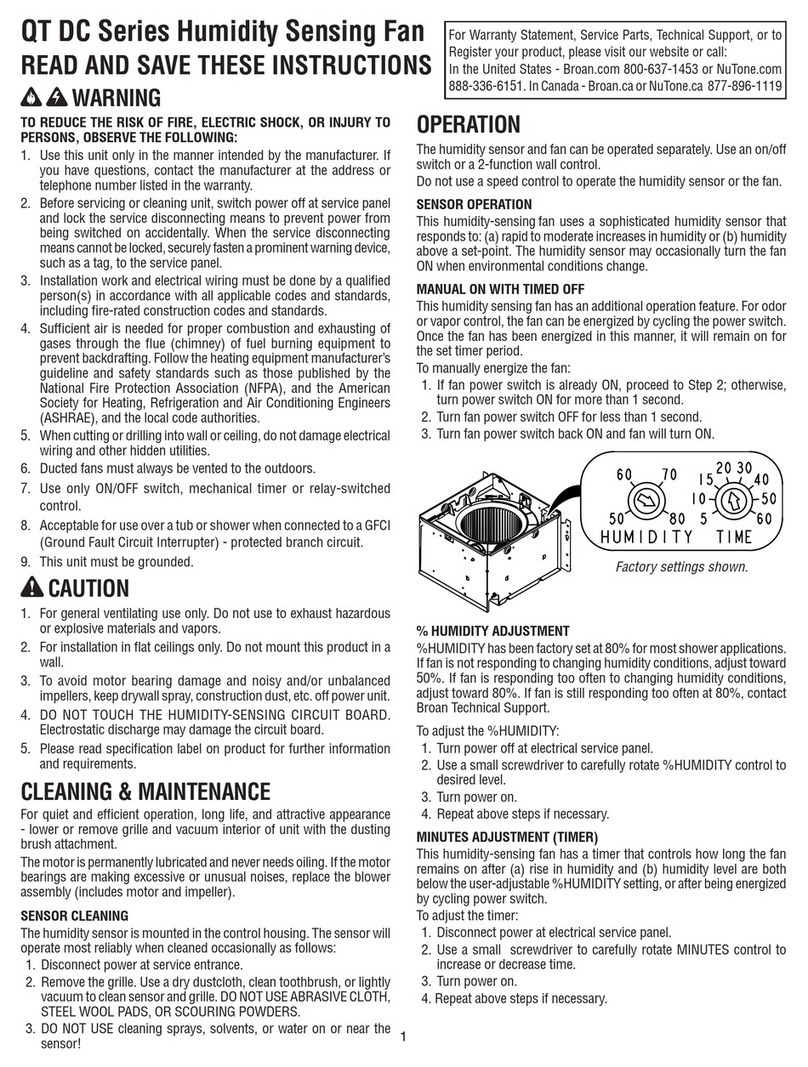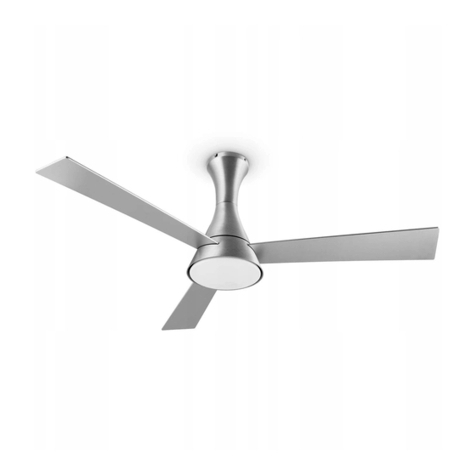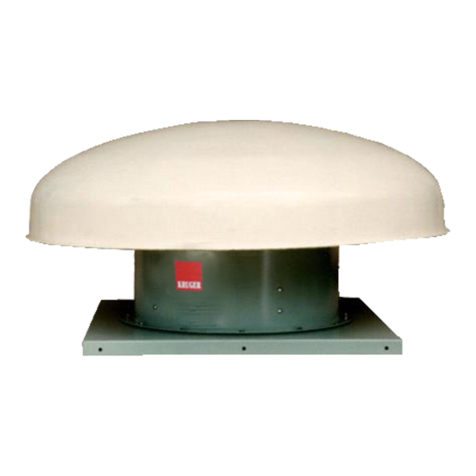IDEAL Seattle DC Series User manual

1
INSTRUCTION MANUAL
(This photo is for reference only; it doesn’t mean you are purchasing an identical product. Fan pictured
is for illustration purposes only. Styles may vary according to the specific models.)
Ceiling Fan Installation Manual, Rev 1.0
Seattle DC series
Model: SEA1403LO-DC, SEA1403WN-DC
INSTALLATION
OPERATION
MAINTENANCE
WARRANTY INFORMATION
CAUTION
Read Instructions Carefully
For Safe Installation and
Fan Operation

2
THANK YOU FOR PURCHASING
Thank you for purchasing this quality Ventair ceiling fan. To ensure correct function and safety, please read
all instructions before using the product and keep all instructions for future reference
SAFETY PRECAUTIONS
1. The appliance is not intended for use by persons (including children) with reduced physical, sensory or
mental capabilities, or lack of experience and knowledge, unless they have been given supervision or
instruction concerning the use of the appliance by a person responsible for their safety.
2. Children should be supervised to ensure that they do not play with the appliance.
3. An all-pole disconnection switch must be incorporated into the fixed wiring, in accordance with local
wiring rules.
WARNING:
FOR SAFE USE OF THIS FAN AN ALL-POLE DISCONNECTION MUST BE INCORPORATED
INTO THE FIXED WIRING IN ACCORDANCE WITH THE WIRING RULES.
As outlined in clause 7.12.2 of AS/NZS 60335-1 for meeting the minimum
electrical safety of this standard.
Please note warranty will be void if installation is without an all-pole disconnection incorporated in
the fixed wiring in accordance with the wiring rules.
Example: If a fan is connected to a circuit that can be isolated via an all-pole safety switch at the
switchboard, then this is considered to be an all-pole disconnection to the ceiling fan electrical
circuit, meeting the requirements of clause 7.12.2 of AS/NZS 60335.1.
A single-pole switch also must be placed in the same room as the fan as per local wiring
regulations AS3000
4. Do not dispose of electrical appliances as unsorted municipal waste, use separate collection
facilities. Contact your local government for information regarding the collection systems available. If
electrical appliances are disposed of in landfills or dumps, hazardous substances can leak into the
ground water and get into the food chain, damaging your health and well-being.
5. The structure to which the fan is to be mounted must be capable of supporting a weight of 30kg.
6. The fan should be mounted so that the blades are at least 2.1m above the floor in Australia.
7. Only a licensed electrician should execute the installation.

3
BEFORE INSTALLATION
Unpack the fan and carefully identify the parts. Please refer to Fig 1.
Parts List
QTY
1
Hanging Bracket
1
2
Downrod Assembly
1
3
Upper Canopy
1
4
Downrod Cover
1
5
Switch Housing
1
6
Upper Housing
1
7
Motor Assembly
1
8
Motor Bracket
1
9
Blade
3
10
Lower Housing
1
11
Remote Receiver
1
12
Remote Control
1
13
Hardware and Balance kit
1

4
INSTALLING THE MOUNTING BRACKET
The ceiling fan must be installed in a location so that the blades are a minimum 300mm spacing from
the tip of the blade to the nearest objects or walls.
Secure the hanging bracket to the ceiling joist or structure that is capable of carrying a load of at least
30kg, with the two long screws provided. Ensure at least 30mm of the screw is threaded into the
support.
NOTE: The bracket screws provided are for use with wooden structures only. For structures other
than wood, the appropriate screw type MUST be used.
Warning: Ceiling fan must be mounted above 2.1 m from the floor and 1 m from the wall to the blade
Fig. 2

5
INSTALLING DOWNROD ASSEMBLY
1. Inset the downrod assembly to canopy and
downrod cover.
2. Inset the downrod assembly to switch box.
3. Inset the bolt across the downrod and rod
base.
4. Fix and firmly tighten the washer, nut and slot
the cotter pin.
5. Tighten the set screw of the downrod base to
downrod.
6. Put the upper canopy down through the
downrod.
HANGING THE FAN
Lift the fan assembly onto the mounting bracket. Ensure
the registration slot (A) of the hanger ball is positioned
on the stopper (B) of the mounting bracket (C) to prevent
the fan from rotating when in operation.

6
WIRING DIAGRAM
WARNING: FOR YOUR SAFETY ALL ELECTRICAL CONNECTIONS MUST BE UNDERTAKEN BY A
LICENSED ELECTRICIAN.
NOTE: AN ADDITIONAL ALL POLE DISCONNECTION MUST BE INCORPORATED IN THE FIXED
WIRING IN ACCORDANCE WITH THE WIRING RULES.
Connect <LIVE= supply wire to the <L= of the terminal block on the mounting bracket.
Connect <NEUTRAL= supply wire to the <N= of the terminal block on the mounting bracket.
Connect <EARTH= wire to the < = of the terminal block on the mouthing bracket.
To be installed by a licensed electrician in accord with AS/NZS 3000.

7
INSTALLING UPPER CANOPY
Raise the upper canopy and turn clockwise to tighten the canopy to fan body.
BLADE INSTALLATION
BLADE ATTACHMENT
Unscrew the blade mounting screws on motor bracket and keep carefully for following:
1. Tighten the Blades with Screws kept just now. Each Blade uses 3 pieces of Screws.
2. Ensure the screws (9 PCS) for securing the Blades are tightly screwed.

8
LOWER HOUSING INSTALLATION
Turn right to lock the lower housing firmly to the motor bracket.
HOW TO USE REMOTE CONTROL
STEP FOR LEARNING CODE
Learning code matching mode is used between emitter and receiver. Turn <ON= the supply
power within 30 seconds and press the emitter’s <FAN ON/OFF=button for 5 seconds, it can load
normally after hearing a long sound beep, which means learning successfully and it can works
normally. (PS: Learning mode is not accepted after turn <ON=the supply power for 30 seconds.)
1. F/R button: Press F/R button to set up ceiling fan
operate in forward or reverse.
2. FAN ON/OFF button: Press to turn ON or turn OFF
the ceiling fan.
3. Timer button: Press Timer button to enable fan to
automatically switch OFF after 1Hr-4Hr-8Hr.
4. Light ON/OFF button: Press to turn ON/OFF light
(N/A).
5. Speed button: Press to turn on ceiling fan at
1-2-3-4-5 speed. (The fan will resume operation at
the last speed setting before power off.)

9
AFTER INSTALLATION
WOBBLE:
NOTE: CEILING FANS TEND TO MOVE DURING OPERATION DUE TO THE FACT THAT THEY ARE
MOUNTED ON A RUBBER GROMMET. IF THE FAN WAS MOUNTED RIGIDLY TO THE CEILING IT WILL
CAUSE EXCESSIVE VIBRATION. MOVEMENT OF A FEW CENTIMETRES IS QUITE ACCEPTABLE AND
DOES NOT SUGGEST ANY PROBLEM.
TO REDUCE THE FAN WOBBLE: PLEASE CHECK THAT ALL SCREWS WHICH FIX THE MOUNTING
BRACKET AND DOWN ROD ARE SECURE.
NOTE: This fan has been precision balanced at the factory and may need re-balancing. Balancing kit
supplied can used if required.
NOISE:
When it is quiet (especially at night) you may hear occasional small noises. Slight power fluctuations and
frequency signals superimposed in the electricity for off-peak hot water control, may cause a change in fan
motor noise. This is normal. Please allow a 24-hour <breaking-in= period, most noises associated with a new
fan disappear during this time. Please note that this is not a product fault and as such is not covered under
warranty –All electric motors are audible to some extent.
CARE AND CLEANING:
Periodic cleaning of your ceiling fan is the only maintenance required. Use a soft brush or lint free cloth
to avoid scratching the paint finish. Please turn power off when you do so.
Do not use water when cleaning your ceiling fan. It could damage the motor or blades and create the
possibility of an electrical shock.
The motor has a permanently lubricated ball bearing so there is no need to oil.
NOTE: Always turn off the power at the main switch before attempting to clean your fan.
Ceiling Fan model
Rated Voltage
Rated Power
(motor)
Rated Power
(lamp)
SEA1403LO-DC
240 - 265 VAC
38W
n/a
SEA1403WN-DC
240 - 265 VAC
38W
n/a
TECHNICAL INFORMATION
How to Use the Balance Kit
1. Tighten all screws.
2. Unscrew the blades and fix them back at different
combination of positing on the motor.
3. Measure the level between the ceiling and all blades.
4. Use the blade Balancing kit provided if the fan still
wobbles.

10
IMPORTANT FACTS
All electric motors, including fan motors make some noise and may feel hot if touched –this is NOT A
FAULT. Ceiling fans tend to move during operation as they are not generally rigid-mounted. Rigid mounted
ceiling fans generate excessive vibration (which leads to noise) and stress on their mountings.
Movement in a ceiling fan is not uncommon and does not suggest the fan will fall down. Some fans wobble
more than others, even in the same model.
Fan lights can rattle; if they are not supplied with a fan. They are not covered by warranty.
Fan Operation:
A ceiling fan rotates much more slowly than an electric desk fan; it cools people effectively by introducing
slow movement into the otherwise still, hot air of a room, inducing natural evaporative cooling. Fans never
actually cool air, unlike air-conditioning equipment, but use significantly less power.
Normal Wear and Tear
Threaded components working slightly loose, or blade carriers becoming slightly bent due to vigorous
cleaning or bumping can cause extra wobble and noise. This is not covered under warranty, but a little care
and maintenance can reduce or prevent this problem
Night Noises
This is the biggest cause of service calls, which are outside the manufacturer’s warranty. If a fan has a fault,
then it would be noticeable at ALL TIMES. Obviously when everything is quiet at night you will be more
inclined to hear small noises, which may not be noticeable at other times. Even slight signals super imposed
in your electricity supply for off peak hot water control may cause a change in the fan motor noise, which is
deemed normal.
WARRANTY INFORMATION
• If you consider there are faults relating to the installation, contact your installer to rectify.
• If you consider there is a manufacturer defect to the fan motor, contact the warranty service line on 1300
665 926, or log the warranty at www.ventair.com.au/warranty
You will need to provide the following information:
• the name and contact details of the licensed electrician installer
• the brand, model number and serial number (located on top of the motor)
• the date and place of purchase of the unit.
• the owners name, address and telephone contact numbers
• the nature of the fault
The cost of a service person will only be paid for manufacturer defect. Once a service person has been out,
if any fault is found to be an installation or user fault, the charges will be applied to the fan own
This manual suits for next models
2
Table of contents
Other IDEAL Fan manuals
Popular Fan manuals by other brands

Holmes
Holmes Blizzard HAOF87 owner's guide

Savoy
Savoy 52-771-5TK-13 owner's manual
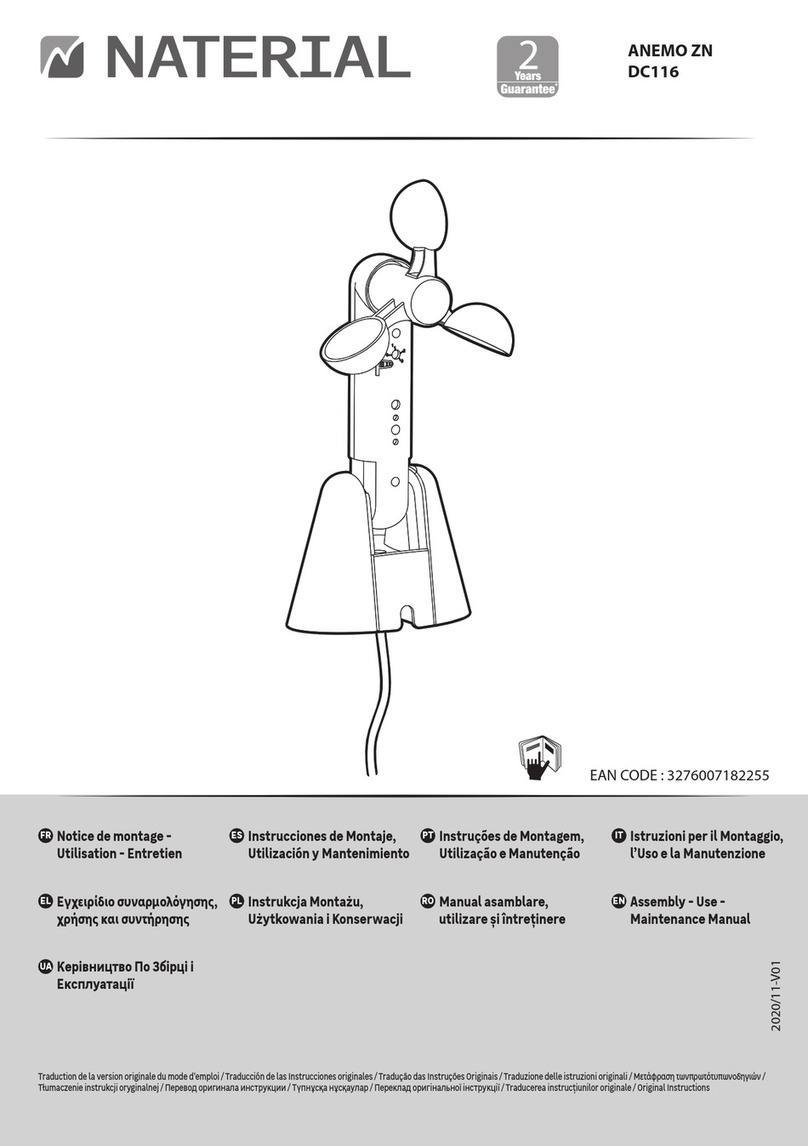
Naterial
Naterial ANEMO ZN DC116 Assembly, Use, Maintenance Manual
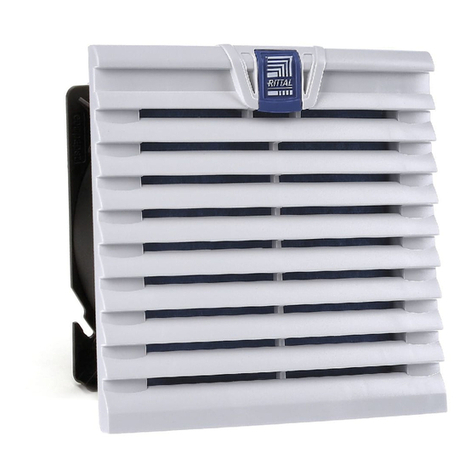
Rittal
Rittal 3238.500 Assembly and operating instructions
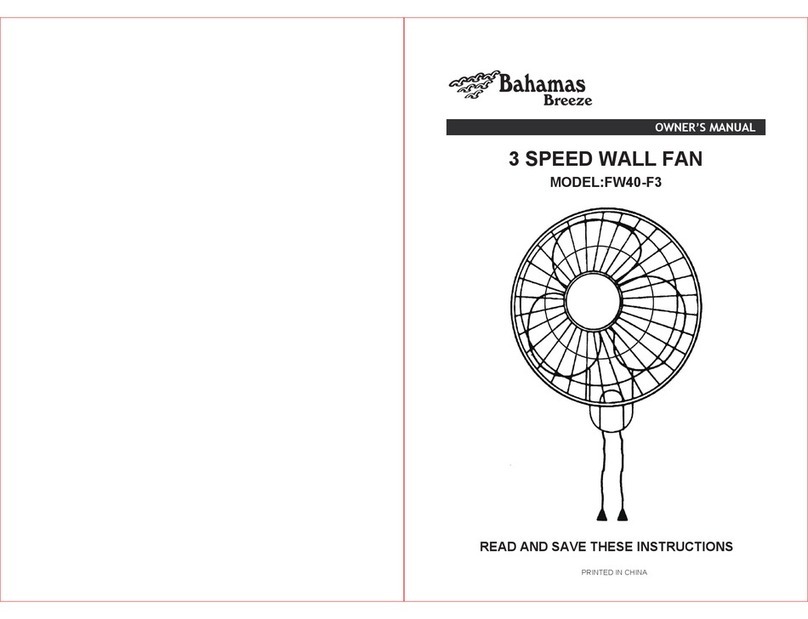
Bahamas Breeze
Bahamas Breeze FW40-F3 owner's manual
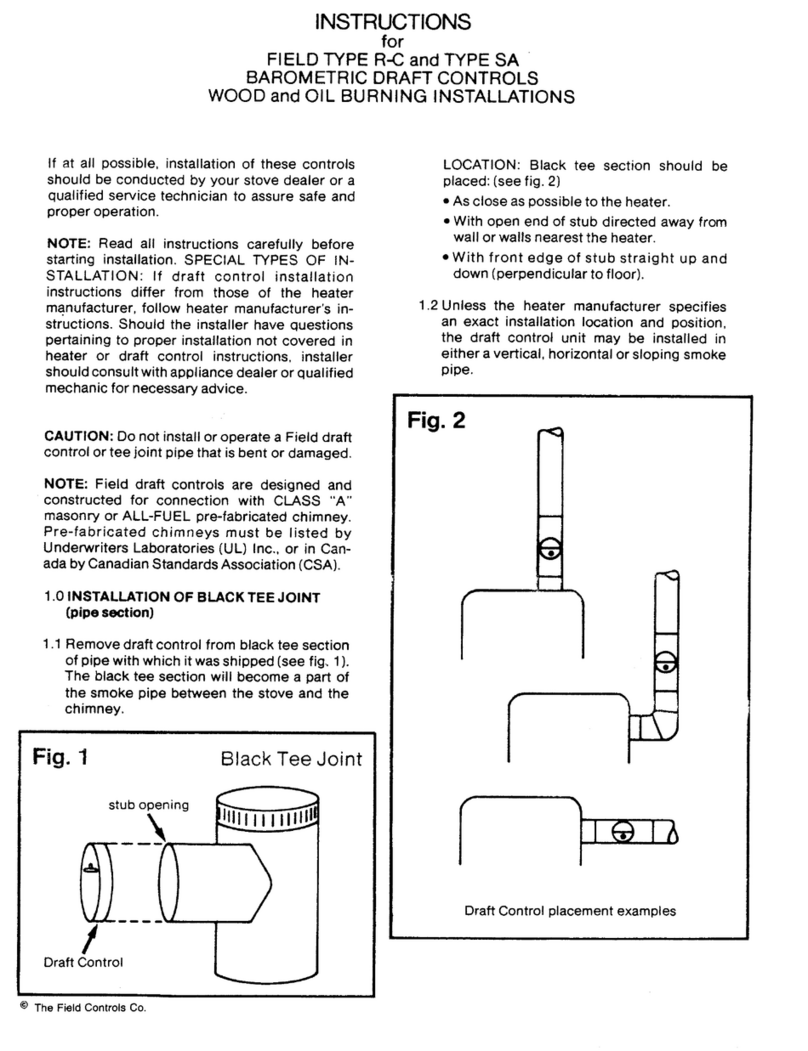
Field Controls
Field Controls 4592700 instructions

